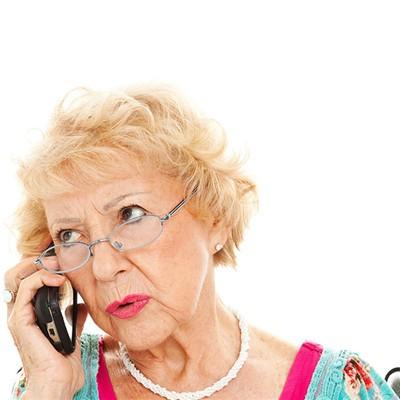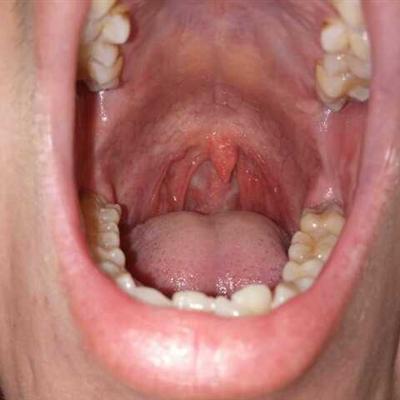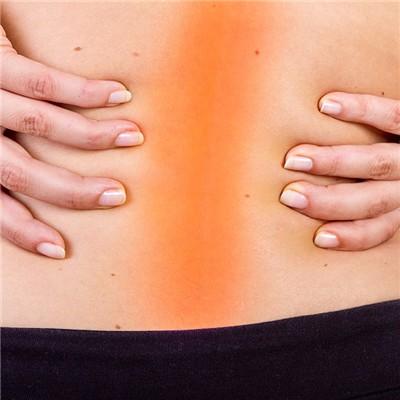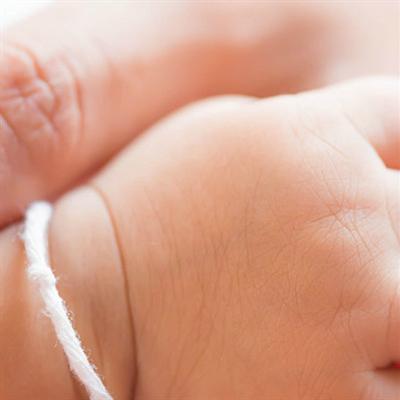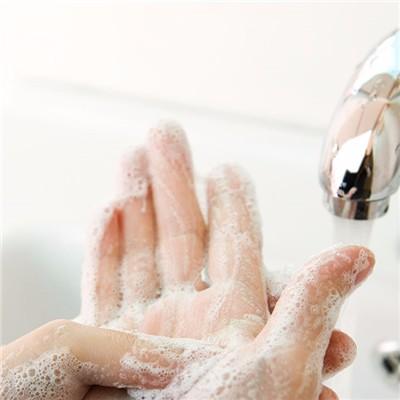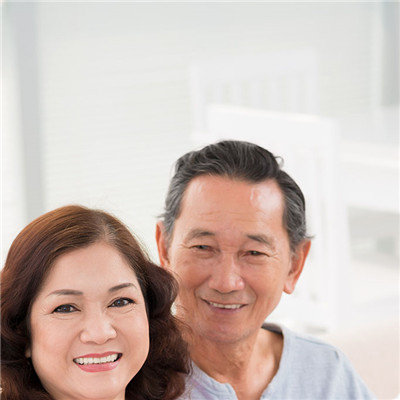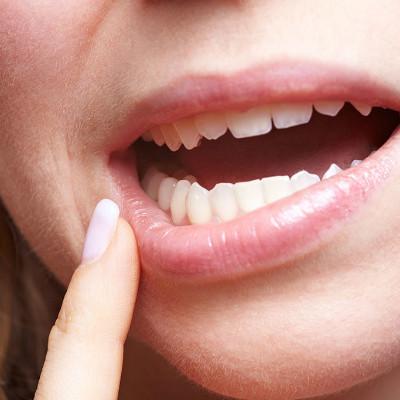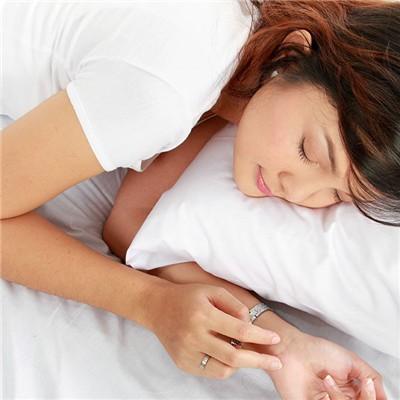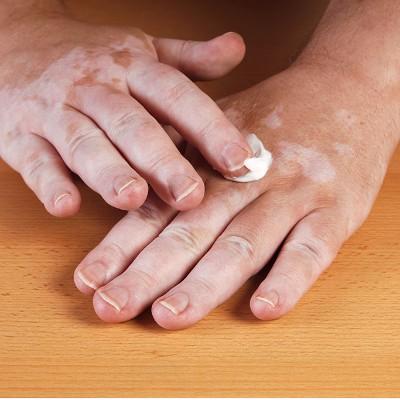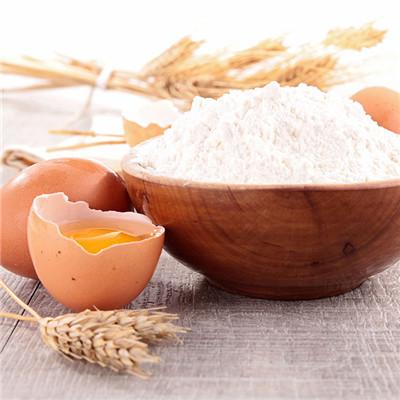How to treat gallbladder swelling
summary
Cholecystitis is a pathological change of gallbladder caused by bacterial infection or chemical stimulation. It is a common disease of gallbladder. Cholecystitis is divided into two kinds: acute and slow, especially obesity and female incidence rate. How to treat gallbladder swelling.
How to treat gallbladder swelling
First, the main symptoms of cholecystitis are right upper abdominal pain, nausea, vomiting and fever. Cholecystitis can cause right upper abdominal pain. At first, the pain is very similar to biliary colic, but the duration of abdominal pain caused by acute cholecystitis is often longer, and breathing can often aggravate the pain. Therefore, patients prefer to lie on the right side to relieve abdominal pain.

Second: test the patient's blood, you will find that the majority of people's blood leukocyte count and neutrophils increased. Examination can find gallbladder enlargement, wall thickening, and visible stones in the neck of the gallbladder.

Third: some patients will have nausea and vomiting, but vomiting is generally not severe. Most patients also have fever, the temperature is usually between 38.0 ℃ and 38.5 ℃, high fever and shivering are rare. A few patients also have white eyes and mild yellowing of skin. When doctors examine the patient's abdomen, they can find tenderness in the right upper abdomen and tension in the abdominal muscles. About 1 / 3 of the patients can still feel the enlarged gallbladder.

matters needing attention
General treatment bed rest, easy to digest liquid diet, avoid greasy food, severe fasting, gastrointestinal decompression, intravenous nutrition, water and electrolytes. In the treatment of spasmolytic and analgesic drugs, intramuscular injection of atropine, sublingual nitroglycerin, intramuscular injection of vitamins, and analgesia with pethidine or equal beauty powder, morphine should not be used. Antibacterial treatment of ampicillin, ciprofloxacin, metronidazole.

